 username@email.com
username@email.com
In this lesson, you will review the organization of organisms—from cell to subkingdoms.
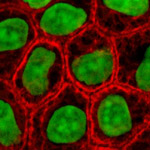
The basic structural unit in all organisms is the cell. In multicellular eukaryotes, cells are usually highly specialized and highly differentiated. For example, there are approximately 200 different cell types in the human body.
Cells in turn are grouped into tissues. Tissues are composed of cells that are similar in structure and function. In all but the simplest animals, there are four basic types of tissue: epithelial tissue, connective tissue, nervous tissue, and muscle tissue.
Epithelial tissue generally occurs in sheets of tightly packed cells. In vertebrates, it covers the outside of the body and lines body cavities. Epithelial tissue is organized into layers. The outside layer is bathed in air or in some fluid, while the innermost layer is attached to a supportive membrane.

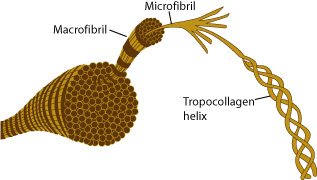
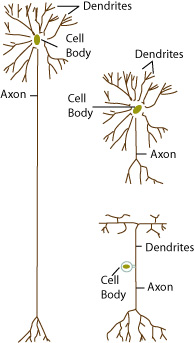

Which tissue type contains few cells?
The correct answer is D; connective tissue is a matrix of collagenous fibers. Muscle, nervous, and epithelial tissues have many more cells than connective tissue.
The next level of organization in all but the simplest animals is the organs. Organs are composed of groups of tissue (sometimes in layers) that work closely together to perform some function. For example, the stomach consists of four layers of tissue: epithelium, connective tissue, smooth muscle, and another layer of connective tissue.
The next highest level of organization is the organ system. An organ system consists of two or more organs that work together. In vertebrates, there are 11 organ systems.
| System | Organs | Function |
|---|---|---|
| Skeletal System | Bones, cartilage, tendons, and ligaments. | To provide support for the body, to provide attachment sites for muscles, and to protect internal organs. |
| Muscular System | Skeletal, cardiac, and smooth muscles. | To provide movement. |
| Circulatory System | Heart, blood vessels, and blood. | The transport of nutrients, gases, hormones, and wastes through the body. |
| Nervous System | Brain, spinal cord, and peripheral nerves. | To relay electrical signals through the body. |
| Respiratory System | Nose, trachea, and lungs. | The exchange of gases (primarily the intake of oxygen and discharge of carbon dioxide) between blood and the environment. |
| Digestive System | Mouth, esophagus, stomach, and small and large intestines. | The breakdown and absorption of nutrients necessary for growth and maintenance. |
| Excretory System | Kidneys, ureters, bladder, and urethra. | To filter metabolic wastes, toxins, and maintain water, PH and nutrient balance in the circulatory system to maintain homeostasis. |
| Endocrine System | Glands, such as the hypothalamus, pituitary, thyroid, pancreas, and adrenal. | To relay chemical messages through the body, and work with the nervous system to control physiological processes to maintain homeostasis. |
| Reproductive System | Males—testes; Females—ovaries. | To manufacture gametes (males manufacture sperm; females manufacture eggs) that allow for reproduction and continuation of the species. |
| Immune and Lymphatic Systems | Lymph, lymph nodes, thymus, spleen, and lymph vessels. | To destroy and remove invading microbes and viruses, and to remove fat and excess fluids from blood. |
| Integumentary System | Skin | To protect underlying tissues from injury, infection, excessive loss or absorption of water; some excretory functions. |
The highest level of organization is the organism itself.

For well over a century, taxonomists have been seeking the perfect or at least the most satisfactory and comprehensive classification system. Long ago, when life was less complicated, natural philosophers used a three kingdom system: animal, vegetable, and mineral. Then for many years, life was classified into two kingdoms, Animalia and Plantae. There were problems with this system from the beginning, as many microscopic, single-celled organisms did not seem to fit into either kingdom.
When bacteria were discovered to have a radically different cell structure and genetic system it made sense to separate them into their own kingdom. Into this kingdom also went the blue-green algae and various primitive pathogens. As it became apparent how important the distinction between prokaryotes and eukaryotes was, many biologists began to refer to Prokaryota and Eukaryota as two “super kingdoms.”
In the 1980s, it became popular to try to match phylogeny to classification. Kingdoms (and all subgroups) were to be monophyletic, that is, derived from a common ancestor and including all of the descendants of that ancestor. On that basis, the prokaryotes were divided into two kingdoms, Eubacteria and Archaebacteria.
Finally, in 1990, many biologists adopted an idea proposed by Carl Woese that created a three-domain system based on three separate lines of evolutionary descent, Archaea, Bacteria, and Eukarya. Domain Archaea includes ancient organisms, such as Methanogens, Extreme halophiles, and Thermoacidophiles. Domain Bacteria includes Proteobacteria, Gram-positive bacterias, Cyanobacteria, Spirochetes, and Chlamydias. Eukarya includes all the eukaryotes. Most biologists list four kingdoms within Domain Eukarya: Protista, Plantae, Fungi, and Animalia.
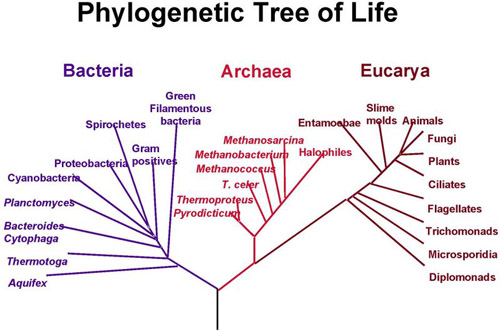
Kingdoms Plantae and Fungi are further subdivided into divisions. The kingdom Animalia is normally divided into about 16 phyla. However, using the same criteria that all divisions within a classification system should be monophyletic, many biologists have recommended that the animal phyla be grouped in some way that represents the phylogeny of all animals. No strong consensus exists on what that grouping should be. Traditional phylogeny defines animal phyla based on the major anatomical and developmental differences.
The following chart shows the phylogenetic relationships between all of the groups of animals and some representative phyla and species.
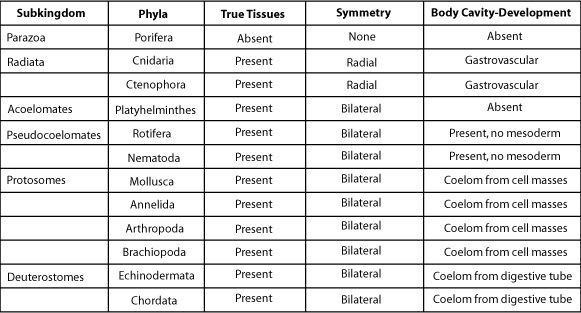
What distinguishes Parazoa from Eumatazoa?
The correct answer is C. Parazoa, such as sponges, have differentiated cells but they are not organized into tissues. Choices A and D are the same, which is what distinguishes the coelomates. Choice B is a description of the Deuterostomes.
Which of the following statements explains why animals possess homologous structures?
B is the correct answer. Homologous structures are an indication of common ancestry. Choice A is incorrect because homologous structures do not indicate extinction. Choice C is incorrect because organisms with homologous structures are genetically similar. Choice D is incorrect because convergent evolution produces analogous structures.